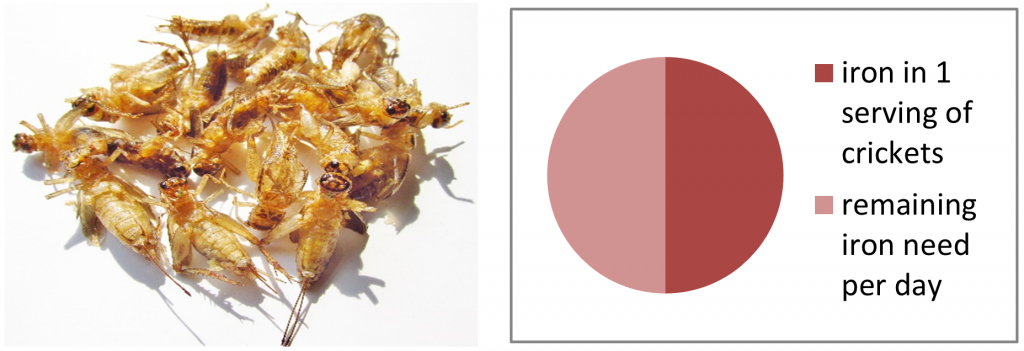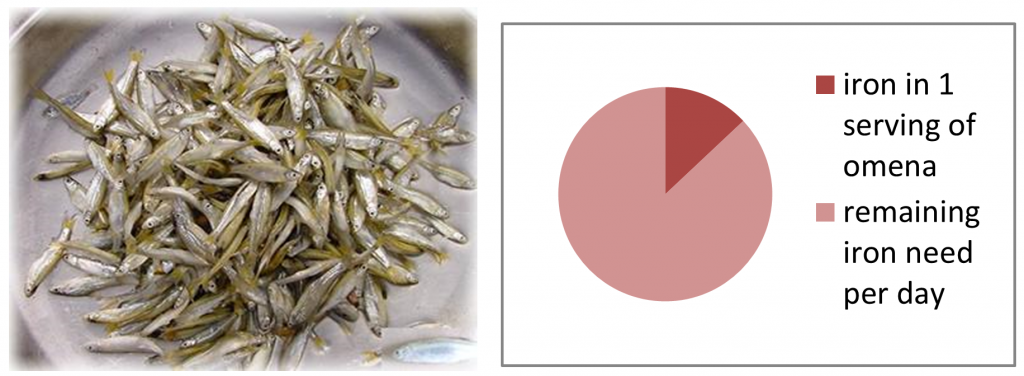At one and a half year of operation the Flying Food, Marijke de Graaf of partner ICCO Cooperation and Henk van Deventer of TNO discussed the status of the Flying Food project with local coordinators Ablode Kojo, David Kamukama and Phoebe Owuor in Kenya and Uganda. The project counts with well-established and market oriented farmer groups in Kenya and Uganda, a prototype rearing system and a preliminary business plan. A steep learning curve has resulted in the following results and insights:
- A robust cricket rearing mechanism based on stackable crates, merging over 30 years of experiences of Dutch insect breeders with empirical knowledge of dedicated farmers in Kenya and Uganda will be implemented.
- Crickets need less feed and water than other livestock and therefore meet the criteria for climate smart agriculture.
- Cricket rearing can easily be combined with household chores, provides nutritious food for own consumption and for the (local) market.
- Crickets taste like white ants, which are captured from the wild while in season and are considered a delicacy in both project areas.
- Crickets are more nutritious than omena (dried silver fish) which is appreciated and frequently consumed by BoP consumers. Because of taste, nutritional value and price omena is a popular food. However, due to increasing demand and over fishing, market price of Omena in Kisumu is increasing steadily and has tripled since 2013.
- Crickets can easily be processed locally by a combination of blanching and drying, resulting in necessary shelf life for access to more extensive urban markets with a variety of products.
- While children are keen to taste whole blanched and/or fried crickets, adults tend to prefer chopped or ground crickets as an ingredient for local dishes or snacks, such as stews, samosas and cakes.
- One serving of 100 gram blanched crickets contains 50% of the daily iron needs and 100% of the folate needs of women of reproductive age. Deficiencies of both nutrients are common in both Uganda and Kenya, resulting in high prevalence of anaemia and increased risk of abnormalities during pregnancies.
- All these findings are being carefully monitored, documented and converted into digital training of trainers’ modules for (refresher) training of farmers, processors and retailers. This is an on-going process and forms the basis for future up-scaling.
Iron content of one serving (100 g blanched) crickets compared to one serving (100 g fresh boiled) omena.


Given their high nutritional value, crickets hold great potential for diversifying diets of small holder farmers and BoP consumers, especially important for women of reproductive age and their children. Rearing of crickets requires little space and relatively few activities as well. Furthermore, preparing and processing of crickets can most likely be easily combined with household chores. Therefore, cricket rearing and processing makes it in potential a suitable income generating activity for women.
